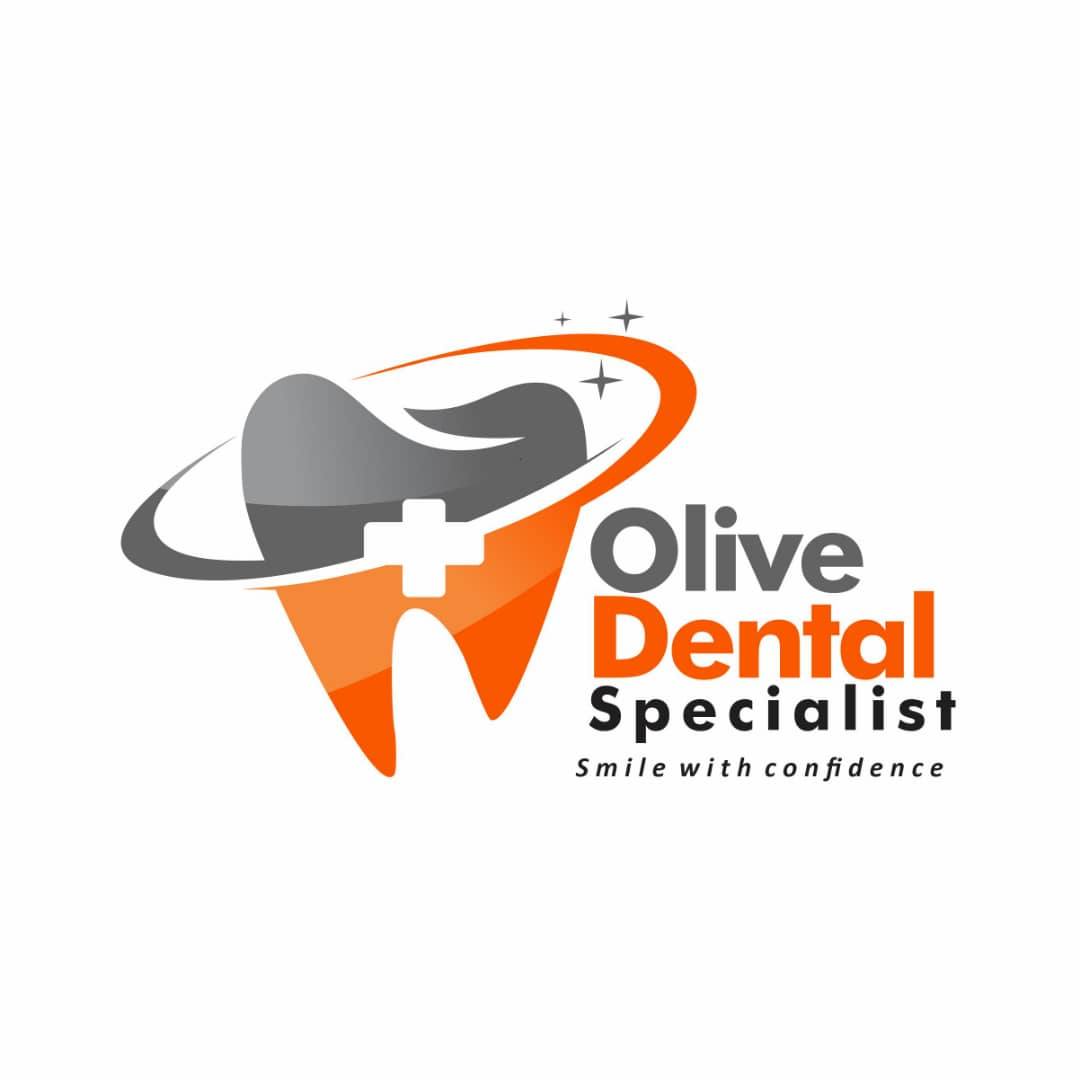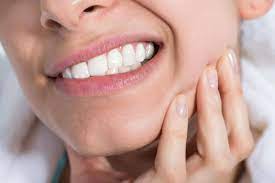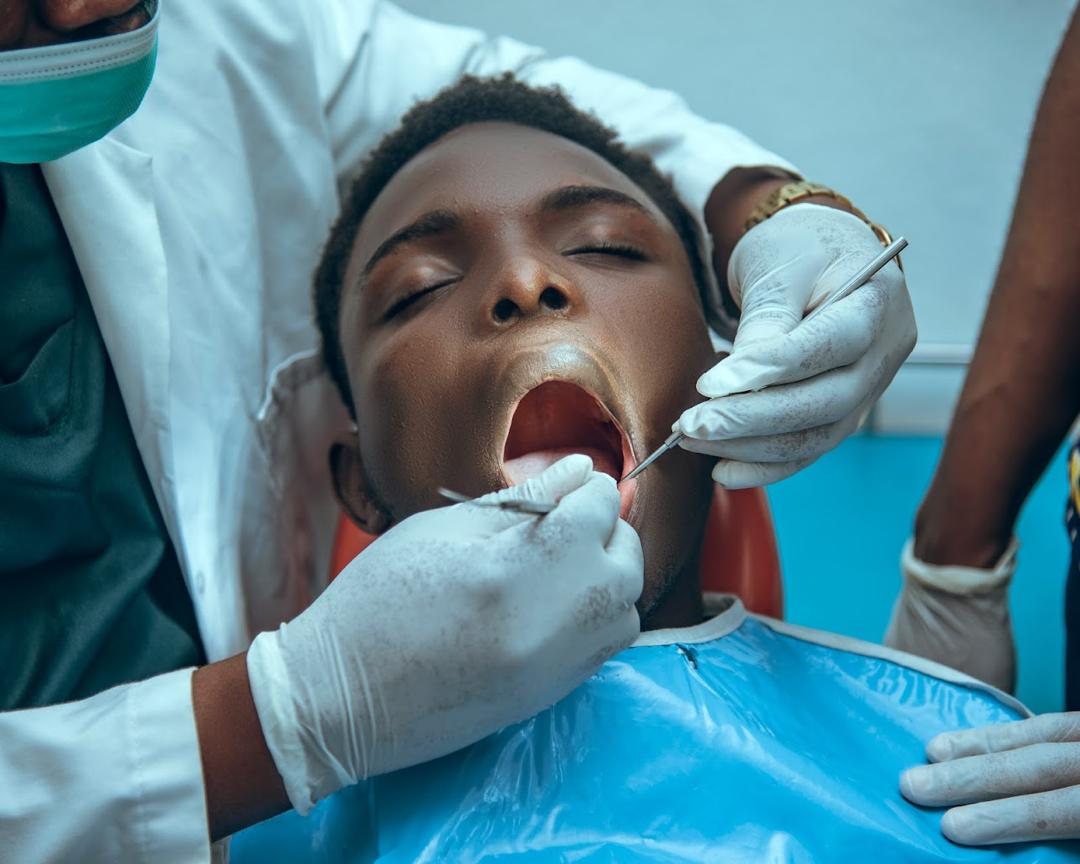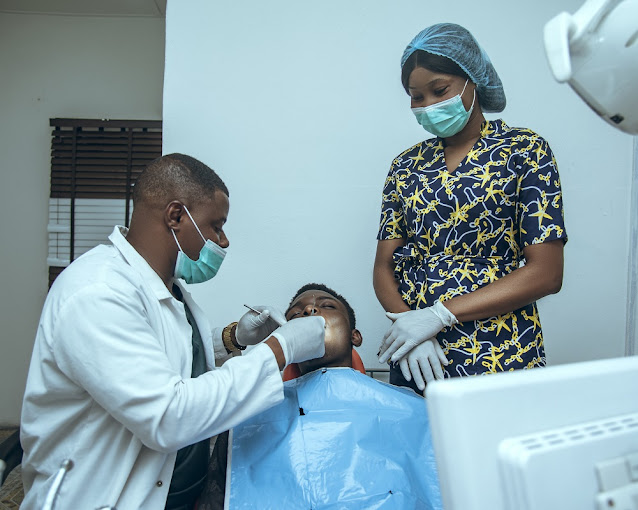Dental emergencies often happen when we least expect them. Whether it’s a fall, an accidental bite on something hard, a sports-related injury, or simply waking up with a sudden toothache, knowing how to respond in the critical moments following the injury can make a major difference in the outcome of your dental health. This guide offers in-depth insight into basic first aid for some of the most common tooth injuries.
At Olive Dental Clinic Port Harcourt, we are dedicated to providing comprehensive dental solutions that enhance both oral health and confidence. We believe that prompt and informed action during a dental emergency can help preserve the integrity of your teeth and prevent long-term complications.
Understanding Common Causes of Tooth Injuries
Tooth injuries can occur due to a range of activities and incidents. These include:
- Teeth grinding (bruxism), which weakens the tooth structure over time.
- Biting down on hard substances like ice, bones, or candy.
- Slips, falls, and road accidents.
- Sports injuries, particularly when a mouthguard is not used.
- Sudden trauma or impact to the face or mouth.
While some dental injuries are severe and require immediate professional intervention, others may appear minor but still need attention to prevent further damage.
Traumatic Dental Injuries: What to Expect
The majority of dental trauma cases involve fractured, chipped, or broken teeth. These injuries may affect just the crown or extend to the root or pulp, depending on the impact. Some common traumatic dental injuries include:
1. Chipped or Broken Tooth
This occurs when part of the enamel or dentin chips off due to trauma. It may cause sensitivity, discomfort, or pain, especially when chewing or consuming hot or cold foods. Treatment may involve smoothing the sharp edge, using dental bonding, or applying a crown for more extensive fractures.
2. Dislodged or Extruded Tooth
In some cases, a tooth may be pushed deeper into its socket or move sideways. This displacement can damage the surrounding ligaments and tissues. A root canal may be necessary, and repositioning should only be done by a dentist to avoid additional injury.
3. Tooth Root Fracture
A root fracture is often not visible to the naked eye and may be detected only via an X-ray. It can occur at any level of the tooth root. When the fracture is near the gum line, more complex treatment such as intraarticular splinting or endodontic therapy is required. Healing success depends on the location and severity of the fracture.
4. Split Tooth
If a crack extends vertically from the crown down into the root, it may result in a split tooth. This condition is serious and often requires extraction if the crack reaches the root tip. If caught early, partial restoration may be possible.
First Aid for Dental Emergencies
Knowing what to do immediately after a dental injury can significantly affect treatment outcomes. Here are the first aid measures to consider before reaching a dental clinic:
Rinse the Mouth
For cuts on the tongue, lips, or cheeks, rinse the mouth gently with a salt-water solution to clean the wound and reduce bacteria. This also helps to soothe inflamed areas.
Manage Bleeding
If the injury causes bleeding, apply light pressure using a clean piece of wet gauze or a cloth to the affected area. Instruct the patient to bite down gently to hold the gauze in place. If bleeding continues after 15 minutes, it’s best to seek emergency care.
Control Swelling
Use a cold compress or an ice pack wrapped in a soft cloth and apply it to the outside of the mouth or cheek. This helps reduce swelling and relieve pain.
Address Pain
Over-the-counter pain relievers like ibuprofen or acetaminophen can be used to manage discomfort. Avoid giving aspirin to children and never place aspirin directly on the gums or injured area as it may cause chemical burns.
Seek Immediate Care
Even if the pain subsides or the injury looks minor, a dental evaluation is necessary. Trauma can cause internal damage to the tooth structure, roots, or jaw that may not be immediately visible.
Handling a Knocked-Out Tooth
When a tooth is completely knocked out (avulsed), acting quickly can save it:
- Hold the tooth by the crown only (the chewing surface), not the root.
- Do not scrub or rinse the tooth with water, and avoid touching the root to preserve living tissues.
- If possible, reinsert the tooth gently into its socket. Have the person hold it in place by biting down on a clean gauze or cloth.
- If reinsertion isn’t possible, store the tooth in a container of milk or saline solution. Saliva can also work in an emergency.
- Get to a dentist within 30 minutes. The chances of saving the tooth drop significantly after that window.
Reimplantation and stabilizing the tooth with a splint may be performed if the tooth is viable. A follow-up treatment like a root canal may be needed, and long-term monitoring will be essential to evaluate the health of the tooth.
Cracked or Fractured Teeth
Cracks in the teeth can range from superficial craze lines to serious vertical fractures. If you suspect a cracked tooth:
- Rinse your mouth with warm water.
- Avoid chewing on that side of your mouth.
- Apply a cold compress if there’s swelling.
- Visit the dentist promptly for assessment.
Early intervention can prevent the crack from worsening and can sometimes save the tooth with bonding, a crown, or root canal therapy.
Dental Injuries in Children and Toddlers
Children are particularly prone to dental injuries, especially during play or while learning to walk. Common injuries include:
- Cuts on the lips, tongue, or inside the cheeks.
- Loosened or knocked-out baby teeth.
- Burns inside the mouth from hot food or liquids.
Parents should:
- Stay calm and comfort the child.
- Use a clean towel to stop bleeding and examine the injury.
- Check for signs of damage to the teeth or surrounding tissues.
- Seek professional evaluation, even for baby teeth, as damage to primary teeth can affect the development of permanent teeth.
Avoid assuming that an injured baby tooth is not important. Displacement or premature loss can lead to misalignment issues as the permanent teeth erupt.
Monitoring Hidden Symptoms
Sometimes, dental injuries don’t show immediate symptoms. A child or adult may appear fine after a fall but start developing:
- Fever
- Gum pain
- Sensitivity to temperature
- Swelling
These could be signs of infection or trauma to the tooth’s root or pulp. It’s essential to visit the dentist for a thorough evaluation and possible X-rays to identify internal damage.
Is Emergency Dental Care Always Necessary?
Absolutely. While first aid can stabilize the situation, dental injuries often require professional intervention. Many cities, including Port Harcourt, have emergency dental clinics or ER departments equipped to handle oral injuries. In urgent cases, general physicians in the emergency room can provide initial care until a dental specialist becomes available.
For insurance purposes, some health plans do cover emergency dental treatment. It’s important to check your coverage details or ask the dental office staff about payment options during your visit.
Our Commitment to You
At Olive Dental Clinic Port Harcourt, we understand that dental trauma can be painful, scary, and confusing. Our team is committed to providing comprehensive, compassionate, and expert dental care tailored to each patient’s specific needs. From immediate treatment to long-term restoration and follow-up care, we are here to enhance your oral health and boost your confidence with every smile.
We urge parents, athletes, and individuals of all ages to learn these basic first aid steps and treat dental injuries with the seriousness they deserve. When in doubt, always reach out to a dental professional.
If you or a loved one experiences a dental injury, don’t hesitate. Your oral health is our priority, and your smile is worth saving.



